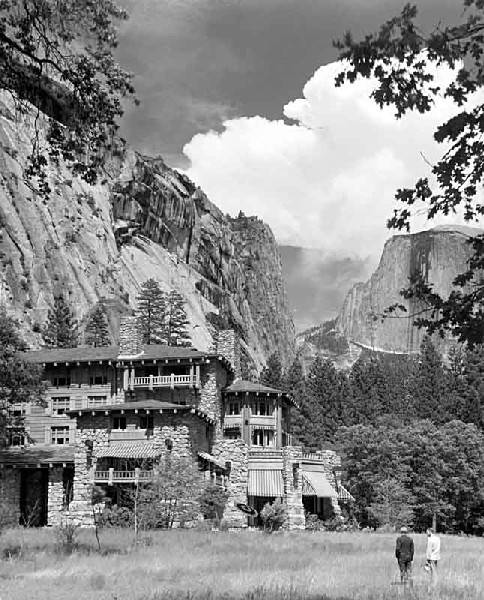Today's Artisans and the Early Advocates
 Wednesday, May 5, 2010 at 11:45AM
Wednesday, May 5, 2010 at 11:45AM Every time I meet with artisans and others who might end up working on the Gold Miner I first have to explain the philosophy inherent in preservation. These philosophies are operationalized in the Secretary of the Interior's Standards that we can look at later but essentially they flow from the Venice Charter. They are characterized by the concepts of Preservation, Rehabilitation, Restoration, and Reconstruction. More on that to come. The basic goal is to let the Gold Miner present itself today just as it did in the spring of 1898 when it was new. Building codes, building methods and techniques, building common practices, building materials all may have changed. Some of the parts of the structure may have worn out to the point that they can not continue to remain in service. Some elements such as electricity or indoor plumbing which were not present initially are essential to a functioning structure today.
People used to working on newer structures may not first understand the primary goal but some of them will come to appreciate the basic concept of original presentation. Some of the more skilled will figure out how to meld together current requirements with original design. People who can make these elements work together are the valuable ones and it is those people that you have to encourage and retain.
This tension between the original and the current day is not a new concept. Advocacy for historic preservation began not on a national policy basis but with a series of indivduals each interested in a single property. Come to think of it, that is how we began our work on the Gold Miner. Often cited is the work of the Mount Vernon Ladies Association, begun about 1858, which preserves, restores, maintains, and makes available to the public the home of George Washington. From disrepair and near ruin by the end of the 1850s Mt. Vernon today is the beneficiary of more than $13 million in annual private donations with yearly visits by more than 1 million. Still any federal policy for historic preservation was focused on federally owned property for the next 100 years. That brought us the U. S. National Park Service and those Depression era works projects mentioned above but it did not bring a national historic policy.
The Athens Charter philosophy, the success of individuals and groups such as the Mt. Vernon Ladies, and the Depression era efforts were in the minds of many but until the chartering of the National Trust for Historic Preservation in 1949 there was no national organization with a mission of providing "leadership, education and advocacy to save America's diverse historic places and revitalize our communities." The combination of the 1964 Venice Charter philosophy and the leadership of the National Trust lead in 1966 to the National Historic Preservation Act but it had taken the Interstate Highway System to finally force the marriage between policy and action.

